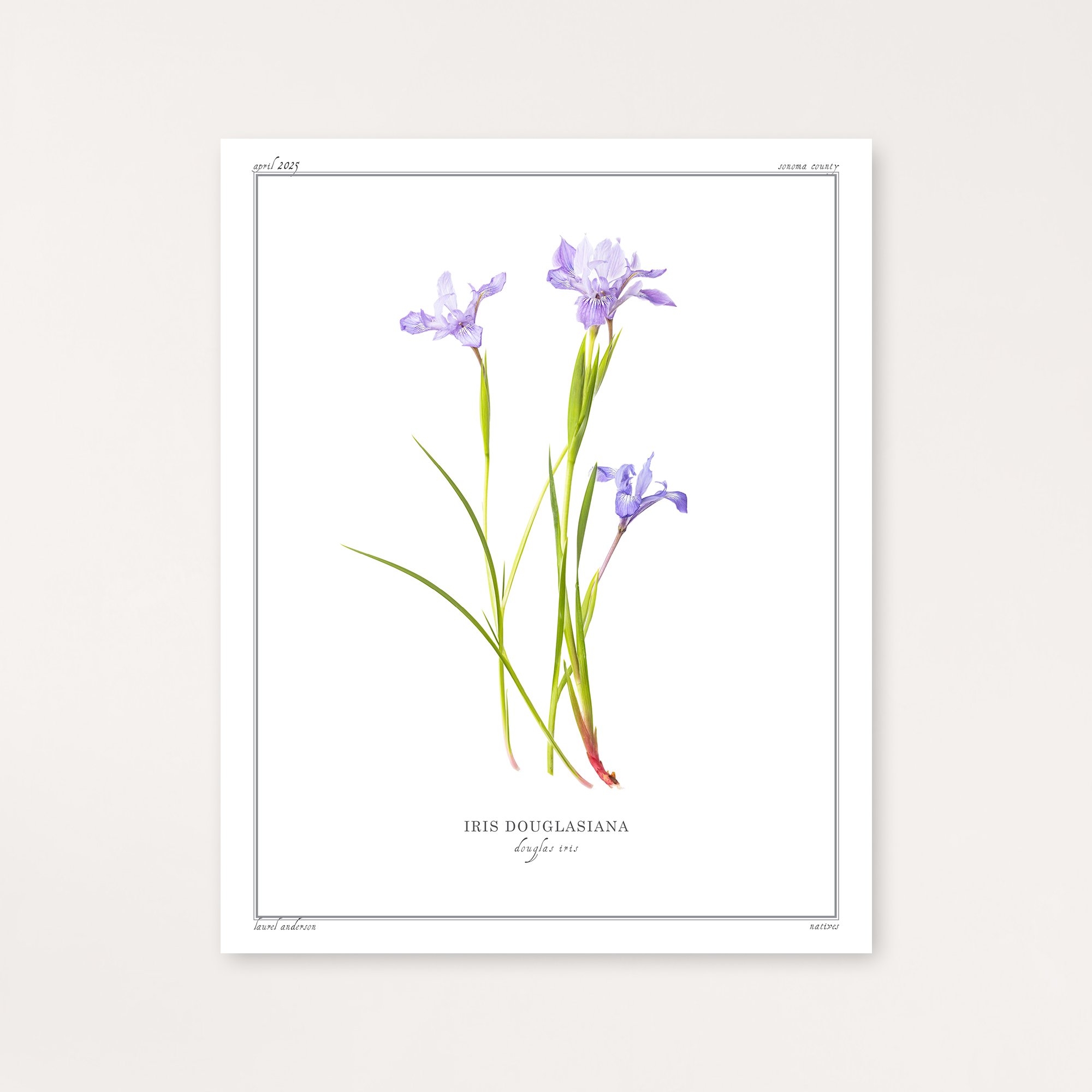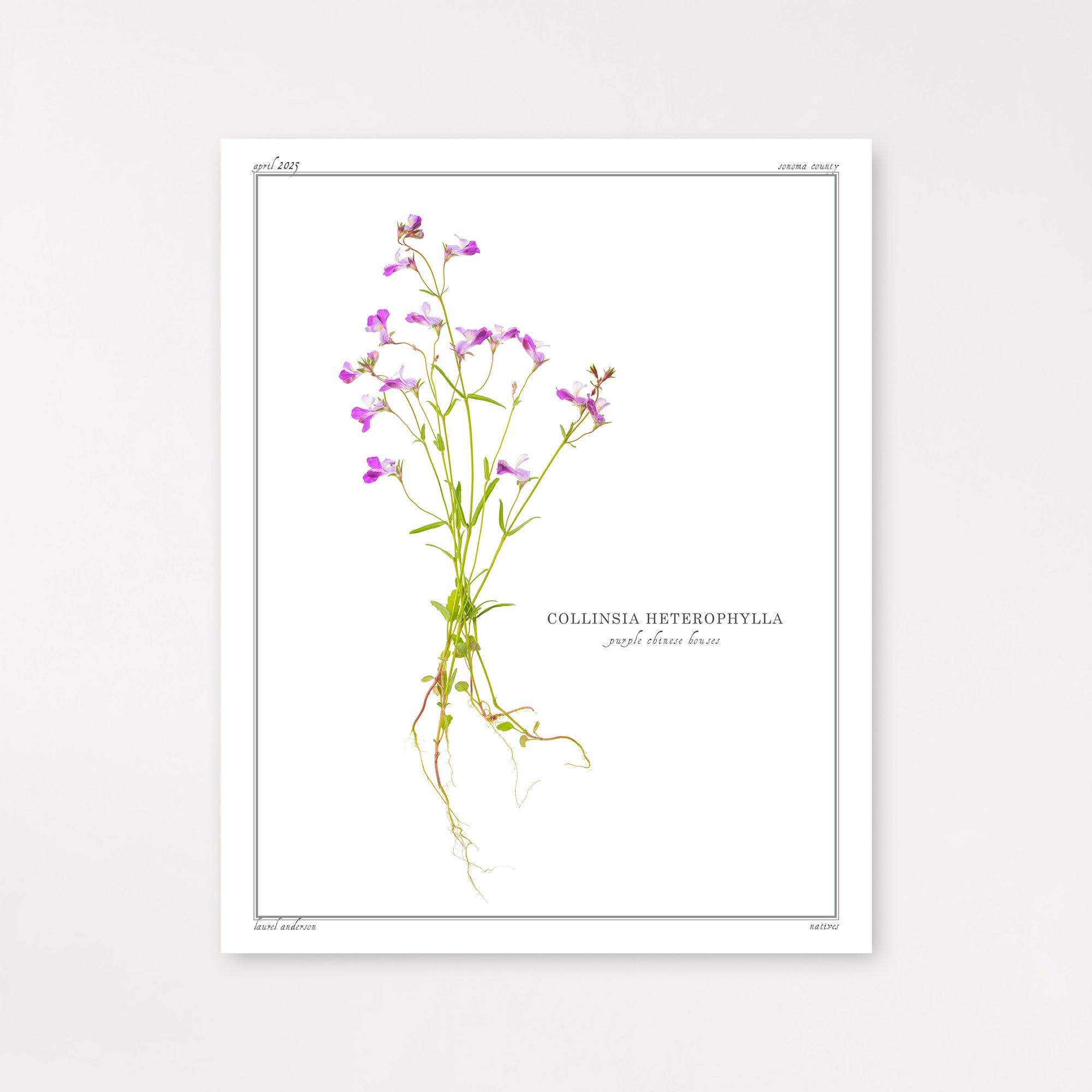 Image 1 of 2
Image 1 of 2

 Image 2 of 2
Image 2 of 2



Mountain Garland
Elegant Clarkia, Clarkia unguiculata, is endemic to California, growing as an understory plant in oak woodlands and mixed evergreen forests from the coastal ranges to the Sierra Nevada foothills.
The elegant flowers are pollinated by a variety of bees, butterflies, and some bats, with Hesperapis regularis, a native bee species, serving as the main pollinator. Clark's Sphinx Moth, Proserpinus clarkiae, uses Elegant Clarkia as a caterpillar host plant, while the genus provides habitat for native pollinators, with some "clarkia bees" relying on these plants exclusively, and serves as host plants for various sphingid moths.
Indigenous Californians sowed Clarkia species and harvested the tiny seeds for food, gathering up to 20-30 pounds in a single day. The seeds were eaten dried, cooked into an oatmeal-like porridge, or blended with water and other ingredients to make a nutritious pinole beverage. Archaeological evidence from Pleasanton, California, shows tens of thousands of charred Clarkia seeds were placed in cremation sites as offerings, demonstrating their cultural significance.
Each print is made by the artist using archival quality pigment ink on Moab's Entrada Rag Bright 300 paper.
Elegant Clarkia, Clarkia unguiculata, is endemic to California, growing as an understory plant in oak woodlands and mixed evergreen forests from the coastal ranges to the Sierra Nevada foothills.
The elegant flowers are pollinated by a variety of bees, butterflies, and some bats, with Hesperapis regularis, a native bee species, serving as the main pollinator. Clark's Sphinx Moth, Proserpinus clarkiae, uses Elegant Clarkia as a caterpillar host plant, while the genus provides habitat for native pollinators, with some "clarkia bees" relying on these plants exclusively, and serves as host plants for various sphingid moths.
Indigenous Californians sowed Clarkia species and harvested the tiny seeds for food, gathering up to 20-30 pounds in a single day. The seeds were eaten dried, cooked into an oatmeal-like porridge, or blended with water and other ingredients to make a nutritious pinole beverage. Archaeological evidence from Pleasanton, California, shows tens of thousands of charred Clarkia seeds were placed in cremation sites as offerings, demonstrating their cultural significance.
Each print is made by the artist using archival quality pigment ink on Moab's Entrada Rag Bright 300 paper.










